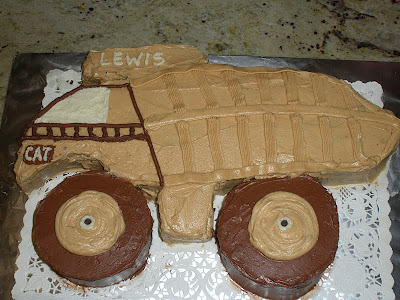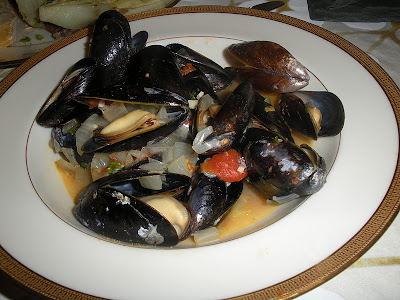For a thoughtful birthday present, some friends bought me Warren Brown's United Cakes of America which includes cake recipes from or representing every state in the country. It's a lot of fun to page through, with some classics, some old fashioneds, and some trendy reinterpretations. The first recipe I was really intrigued to try was his avocado cupcakes.
At first it sounded so unusual, but the more I thought about it, the more I recalled recipes I've heard over the years - especially from other countries that fully appreciate the fruit-not-vegetablness of the avocado - for milkshakes and ice creams. It actually makes perfect sense that avocado could be in ingredient in cake just like applesauce is used to replace oil and bananas are flavorings in bread.
The cupcakes were quite good, especially with cream cheese frosting. But I decided to give them a try as a quick bread as well. Because of the corn meal in particular, it has an appealing nutty texture that is simultaneously dense and moist, and perfect for toast. To make the bread, I followed the recipe exactly, but baked for longer in loaf pans, and skipped the frosting. As personal preference, I mashed (rather than diced) the avocados in both recipes.
Avocado Cupcakes (or loaf), from Warren Brown's 50 Cakes of America
makes 18 cupcakes or two small loafs
7 ounces (1 1/2 cups) all purpose flour
3 tablespoons cornmeal
1/4 teaspoon allspice
1 tablespoon freshly grated nutmeg
1/4 teaspoon salt
1 teaspoon baking soda
1/2 cup buttermilk
1 cup mashed avocado (about 1)
1/2 cup unsalted butter
1 cup sugar
2 eggs
cream cheese frosting (optional)
Preheat oven to 350. Grease pan(s).
Combine dry ingredients and whisk to blend.
Stir baking soda, buttermilk, and avocado together.
Blend butter and sugar on medium speed of stand mixer until fluffer. Add eggs one at a time and beat to blend. Alternately add dry and wet mixtures in 3 additions. Make sure to scrap bowl to incorporate all ingredients from the bottom.
Bake cupcakes 18-24 minutes and loaf 25-35 minutes until golden and skewer inserted in center comes out clean. Cool and frost as desired.














































